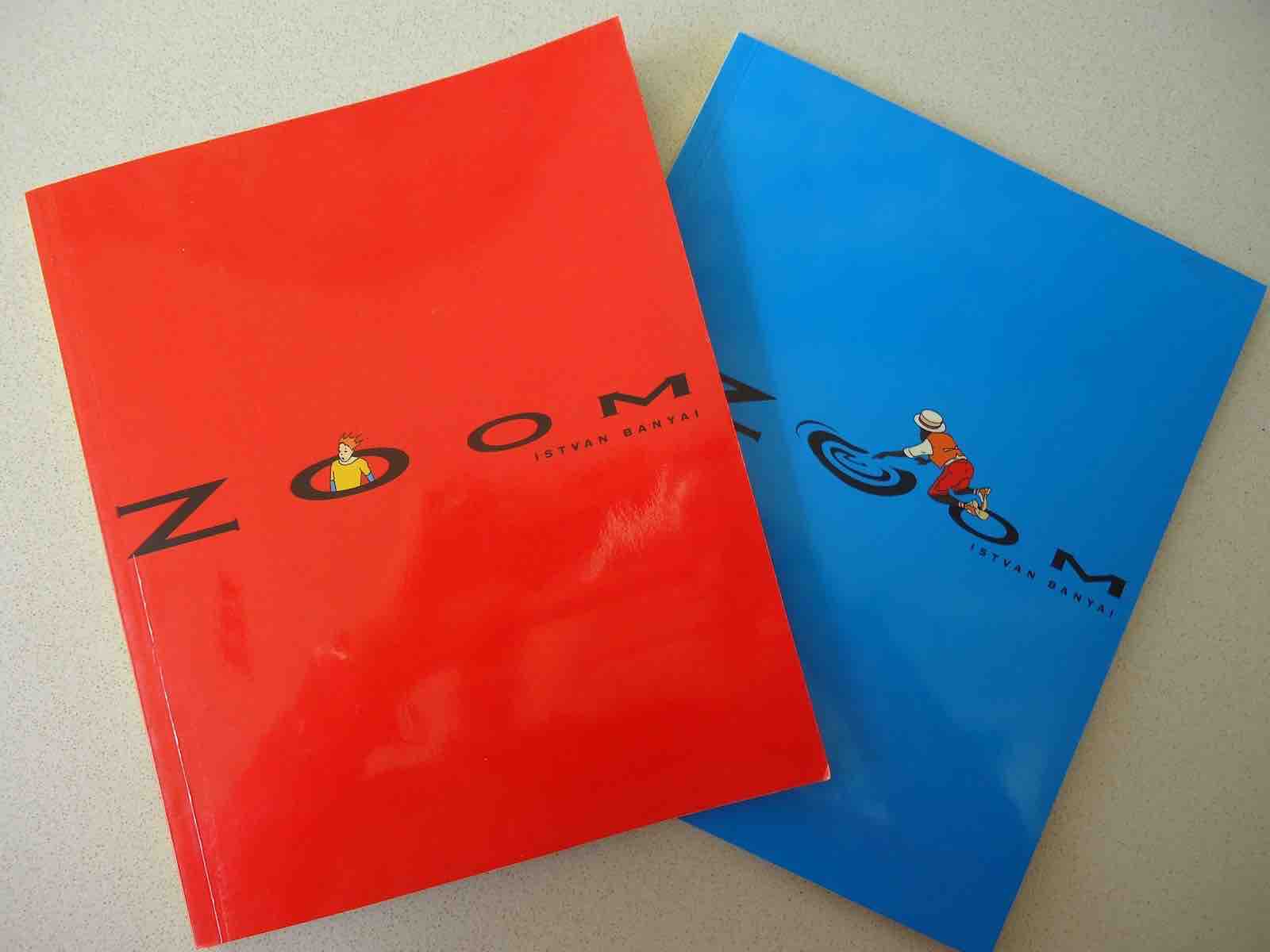
Zoom est un ouvrage d’Istvan Banyai composé d’une suite d’images, inclues les unes dans les autres. Ce concept intéressant peut être utilisé dans une activité d’Ice Breaker ou d’Energizer de groupes. En effet, je l’utilise souvent lors de Kick-Off de projets pour faire travailler les personnes ensemble car non seulement cet atelier est fun, mais il permet aussi aux participants de vivre une dynamique de groupe et d’en retirer quelques apprentissages. En voilà un descriptif ! 🙂
Consignes
Après avoir compté le nombre de participants, je sélectionne une suite d’images (du même nombre) que je mélange et je présente l’atelier :
Dans cet atelier, vous faites tous partie d’une seule équipe.
Vous avez un seul et même objectif : reconstruire la suite cohérente d’images de cette histoire.
Cependant, votre contrainte est que vous n’avez pas le droit de montrer votre image.
Le résultat que j’attends est que vous vous aligniez physiquement dans l’ordre des images qui vous semblera être le bon.
Est-ce clair pour tout le monde ? Vous avez 15 mn.
Des questions surgissent alors du type :
Mais est-ce qu’on peut… ?
Ce à quoi je réponds systématiquement :
Vous avez un seul et même objectif : reconstruire la suite cohérente d’images.
Votre contrainte est que vous n’avez pas le droit de montrer votre image.
Je distribue ensuite les images, lance le chronomètre et laisse la magie s’opérer ! 😉
Déroulé
Voici un exemple d’un groupe d’une vingtaine de personnes à qui j’ai proposé cet atelier. Observons ce qu’il s’est passé, de mon point de vue ! 😉
Etape 1 : Découverte en petits groupes
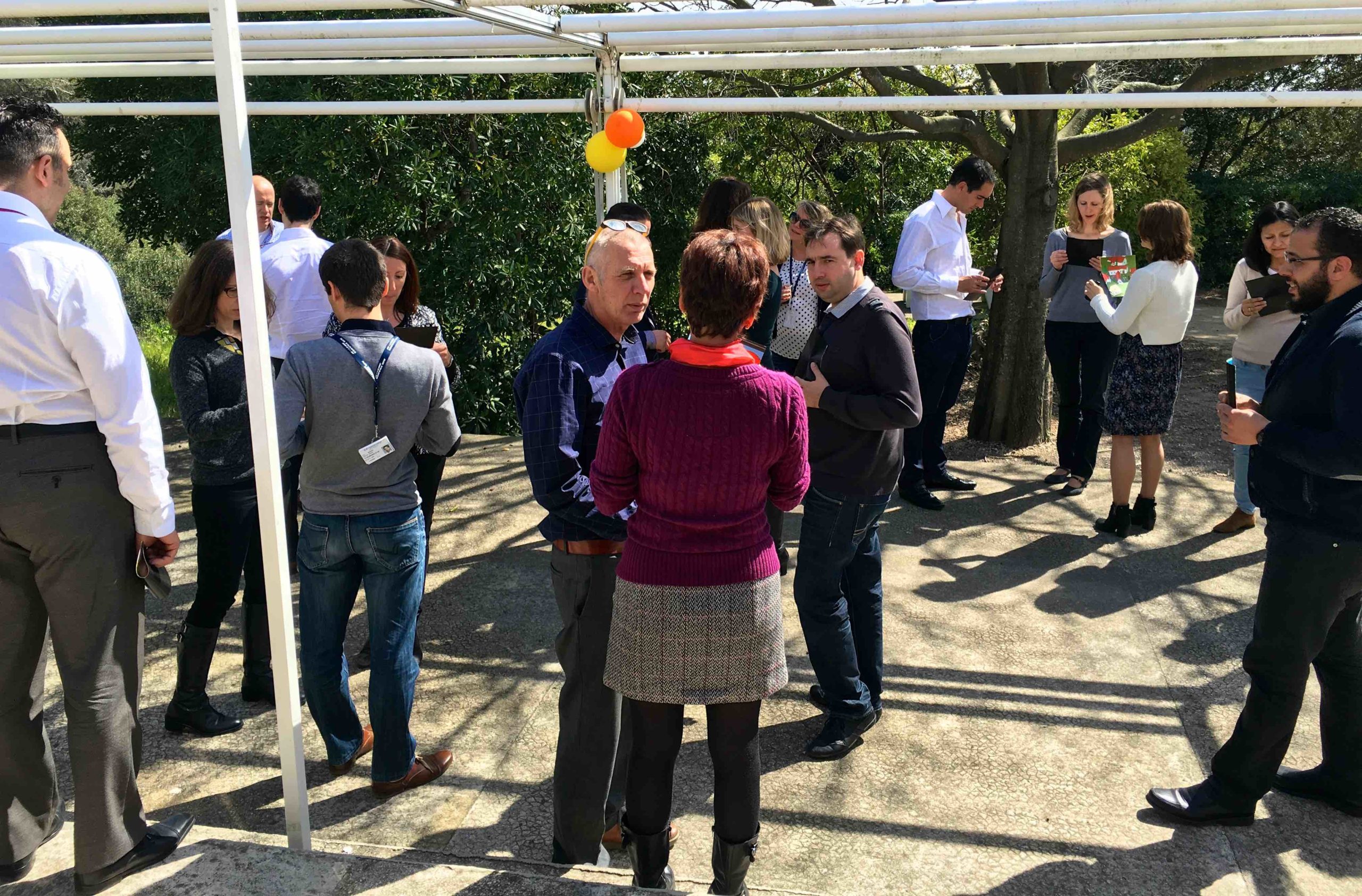
Le début de l’atelier a été pour chaque participant l’occasion de découvrir son image, certaines étant bien plus explicites que d’autres ! Naturellement de petits groupes se sont formés pour tenter de comprendre ce que recelait l’histoire. Chacun s’est alors déplacé sans hésitation de groupes en groupes à la recherche de points communs.
Étape 2 : Regroupement par thèmes
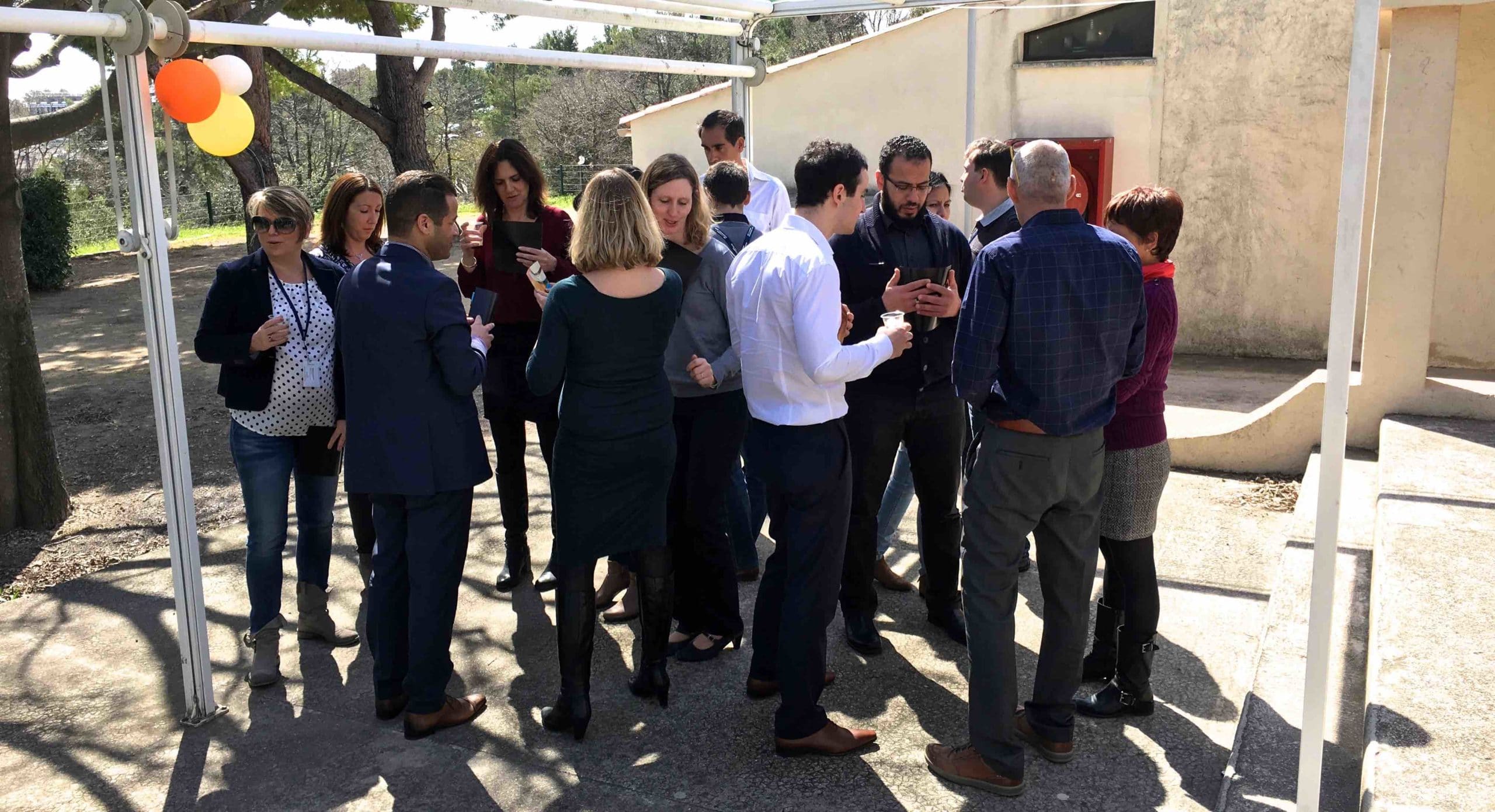
Lorsque des thèmes ont émergé (bateau, maisons, indien…), c’est un mouvement de regroupement qui s’opéra. Chaque groupe tente alors de donner du sens à son morceau d’histoire mais cela n’était pas toujours évident. Il était alors nécessaire d’aller chercher plus d’informations.
Étape 3 : Début de positionnement

De nouveaux petits groupes se forment pour avoir une compréhension plus fine des différents thèmes ayant émergé. Les participants commencent à avoir un début de positionnement les uns par rapports aux autres. C’est lors de cette étape que le terme « Zoom » est évoqué.
Étape 4 : Partage en groupe
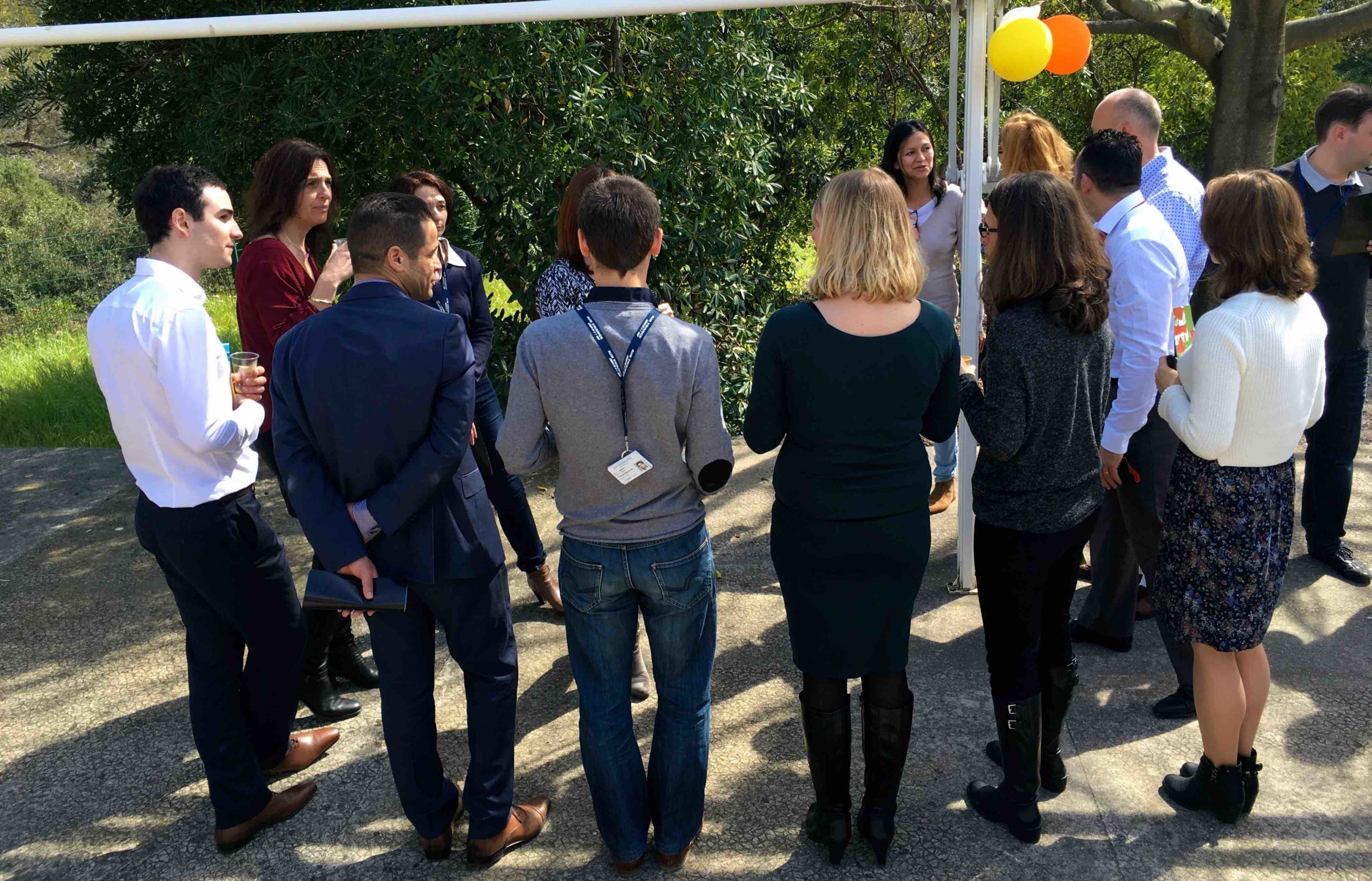
Premier partage en grand groupe. Les positionnements les plus sûrs sont matérialisés pour préparer l’alignement final et ensemble ils complètent la suite d’images.
Étape 5 : Dernière vérification
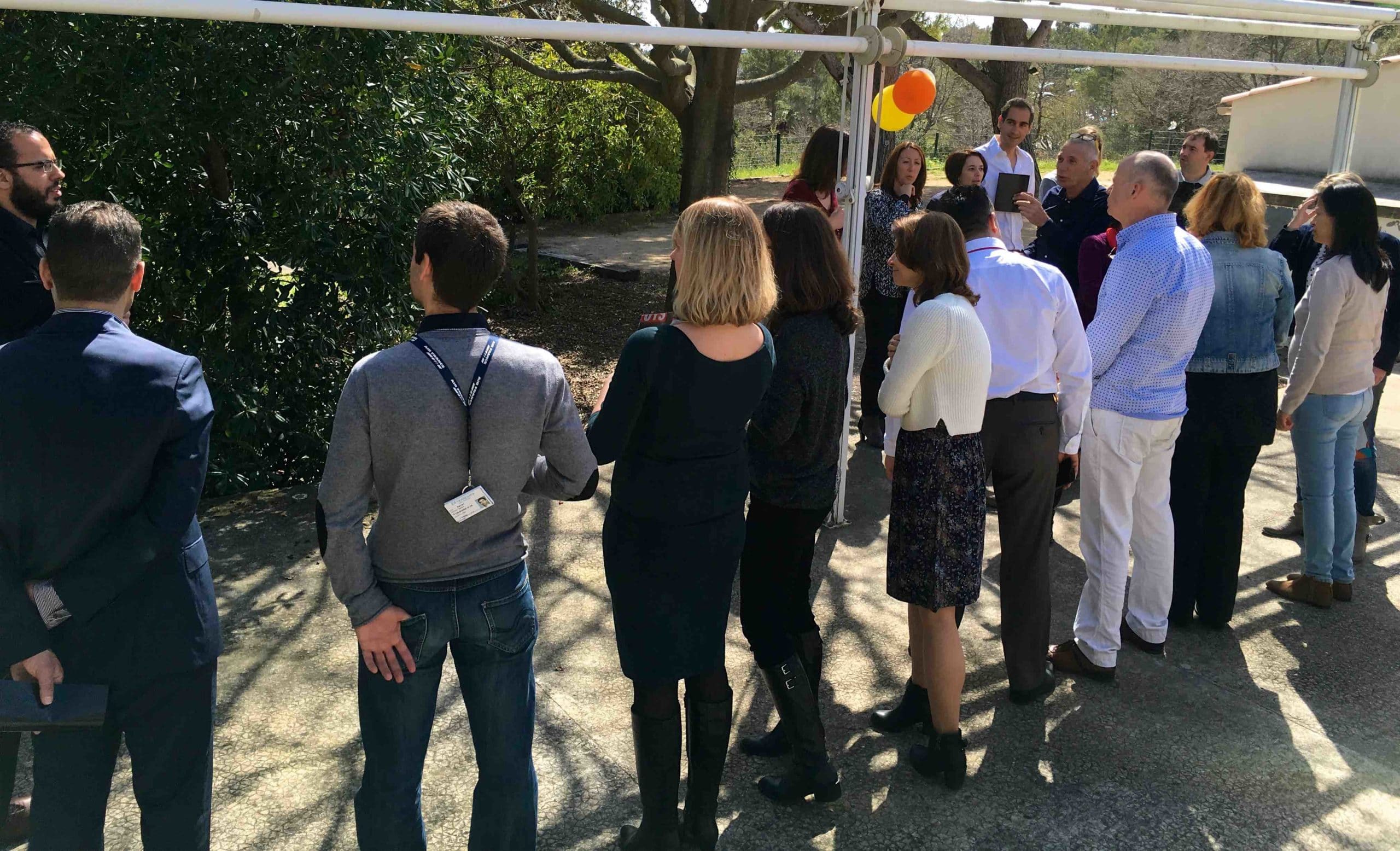
Je précise qu’il reste 5 min avant la fin du temps imparti. Le groupe décide d’effectuer une dernière vérification, chacun décrivant à haute voix le contenu de son image.
Étape 6 : Alignement final
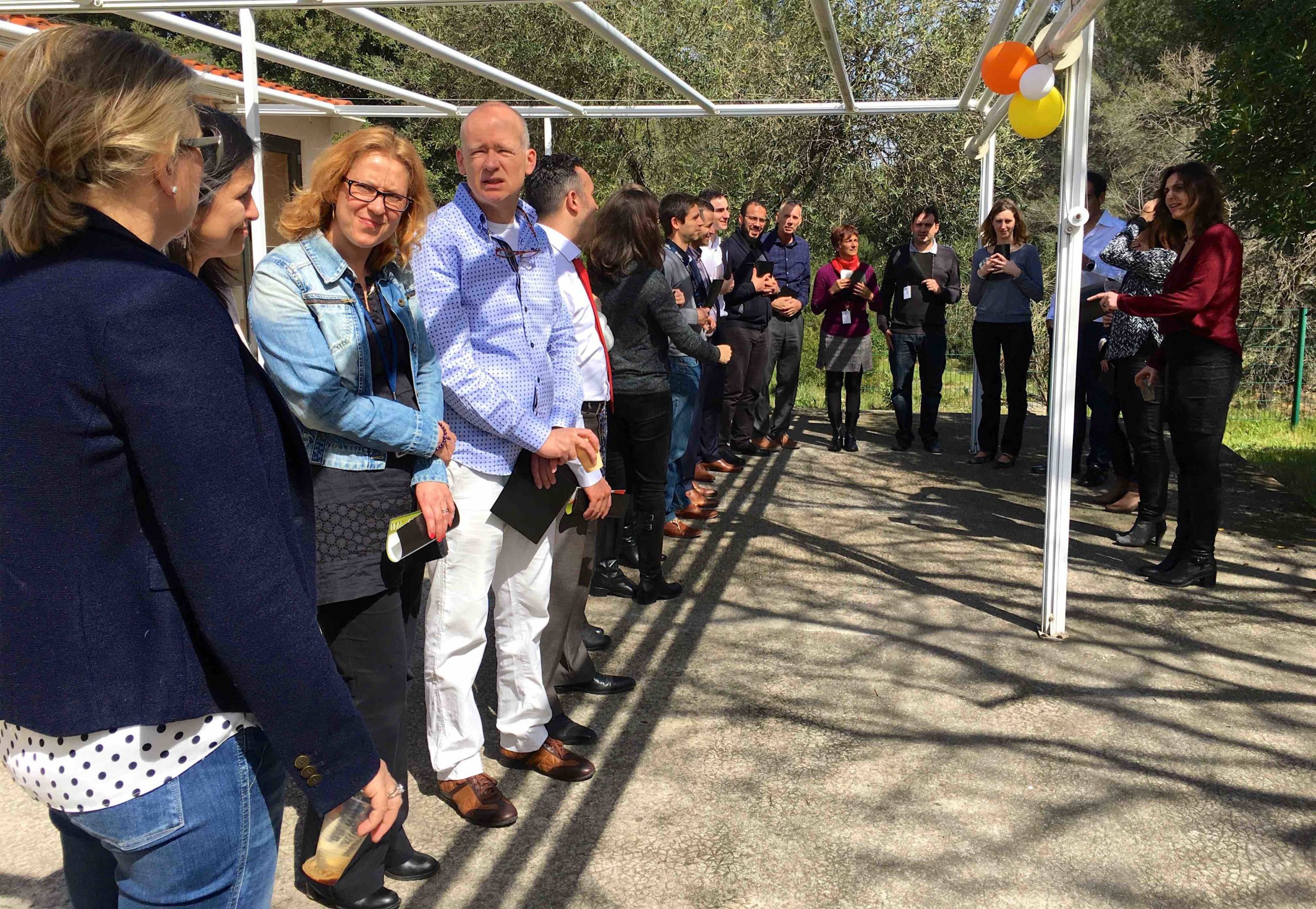
Voici l’alignement final défini par l’équipe. Chacun découvre une à une les images dans l’ordre et nous célébrons ensemble leur sans fautes ! 🙂
Débriefing
Comme toujours, la phase de débriefing est primordiale pour assurer l’apprentissage des participants. En voici quelques éléments :
Auto-organisation
Quelles sont les uniques instructions que vous avez reçues ?
En effet, ne sont donnés aux participants qu’un objectif, une contrainte et un résultat à obtenir qui sont les composantes nécessaires pour stimuler une auto-organisation. N’oublions pas que la liberté comme l’auto-organisation n’existe que dans un cadre.
Comme disait le Général George Patton : « ne dites pas aux personnes comment faire les choses, dîtes leur quoi faire et laissez vous surprendre par leur ingéniosité. »
Confiance
Avez-vous ne serait-ce qu’une fois douté de ce que vous disait une personne ?
La réponse est la plupart du temps « Non » et c’est peut-être l’un des apprentissages les plus profonds de l’atelier. En effet, chacun s’est simplement concentré sur ce qu’il avait à faire, en s’appuyant sur les informations partagées par les membres de son équipe et a agit en vue d’atteindre leur objectif commun. L’ambiance du groupe est alors légère, les échanges efficaces et les interactions sans accrocs. Il y a finalement quelque chose d’irrationnel dans la confiance au départ car rien ne nous prouvait que chacun était de bonne volonté. Maintenant le fait de partir de ce postulat permet plus aisément de considérer cette hypothèse.
Vision globale
Si vous vous étiez cantonné à votre image, quelle aurait été votre vision de l’histoire ?
Si chacun était resté sur le contenu de sa propre image, l’histoire aurait pu parler d’un coq, ou d’un bateau, ou d’une ferme, ou d’un bus… un ensemble d’éléments apparemment incohérent les uns avec les autres. Cependant mis bout à bout, ils prennent alors tout leur sens et l’histoire générale s’en voit enrichie.
N’est-ce donc pas un parallèle frappant avec la réalité des projets ? Certains peuvent faire des spécifications, d’autres peuvent développer ou encore tester, mais tous ont un rôle à jouer pour fournir le produit final. J’image alors souvent ce propos à l’aide de l’allégorie des tailleurs de pierre.
Rôle du facilitateur
Si vous aviez eu le rôle de facilitateur dans le groupe, qu’auriez-vous fait ?
Dans le cas où vous ayez plus de 31 personnes, donc plus de monde que le nombre d’images contenues dans Zoom, il vous est toujours possible de définir d’autres rôles : observateurs ou facilitateurs par exemple. J’ai eu la chance d’observer un groupe de 45 personnes effectuer cet atelier dans ces conditions et les facilitateurs ont fait le choix de 2 stratégies différentes : ils centralisaient les informations ou ils mettaient en lien les personnes. Quelle est la stratégie qui vous paraît la plus pertinente ? 😉
Imaginez tout de même la situation de la première stratégie : je suis facilitateur et donc je ne vois aucune image. Je centralise des informations qui correspondent à mon interprétation des différentes descriptions que j’entends et que je dois transmettre à d’autres. Dit autrement, j’ai un rôle de passe-plat avec un risque de trébucher sur le chemin. Cette stratégie bloque totalement l’auto-organisation.
La seconde stratégie, elle, permet de donner de la perspective à l’équipe. En tant que facilitateur, j’ai la possibilité d’entendre plus de choses et donc de donner une vision plus globale de ce qu’il se passe. Je peux alors mettre en relation les personnes pour leur permettre de trouver la clef à leur problématique. N’est-ce donc pas finalement ça le rôle d’un facilitateur ? 🙂
Précision des descriptions
Quelle était la précision d’information à fournir ?
Le concept de Zoom prend ici tout son intérêt. En effet, l’idée de l’image dans l’image fait que plusieurs personnes verront la même chose mais d’une perspective légèrement différente. Ainsi, comment savoir quelle est la bonne information à donner ? Comment savoir quel niveau de détail est nécessaire à partager ? L’important n’est finalement pas dans le détail de l’image mais plutôt dans la compréhension globale de l’histoire qui se précise au fur et à mesure des conversations qui prennent place. On peut alors brièvement parler de la documentation Agile, qui agit non plus comme base de référence mais plutôt comme support de conversation.
Conclusion
Zoom est un atelier que j’affectionne tout particulièrement, surtout dans les phases de Kick-off et d’alignement d’équipe. En effet, il est simple à animer, les consignes sont simples pour les participants et les apprentissages sont nombreux. Vous avez donc la flexibilité d’orienter le débriefing comme vous le souhaitez, selon la dynamique d’équipe et les messages que vous souhaitez faire passer en priorité ! 🙂
Prochaine étape de mon côté : tester Re-Zoom ! 😉







2 réponses
Merci pour cet article clair et précis.